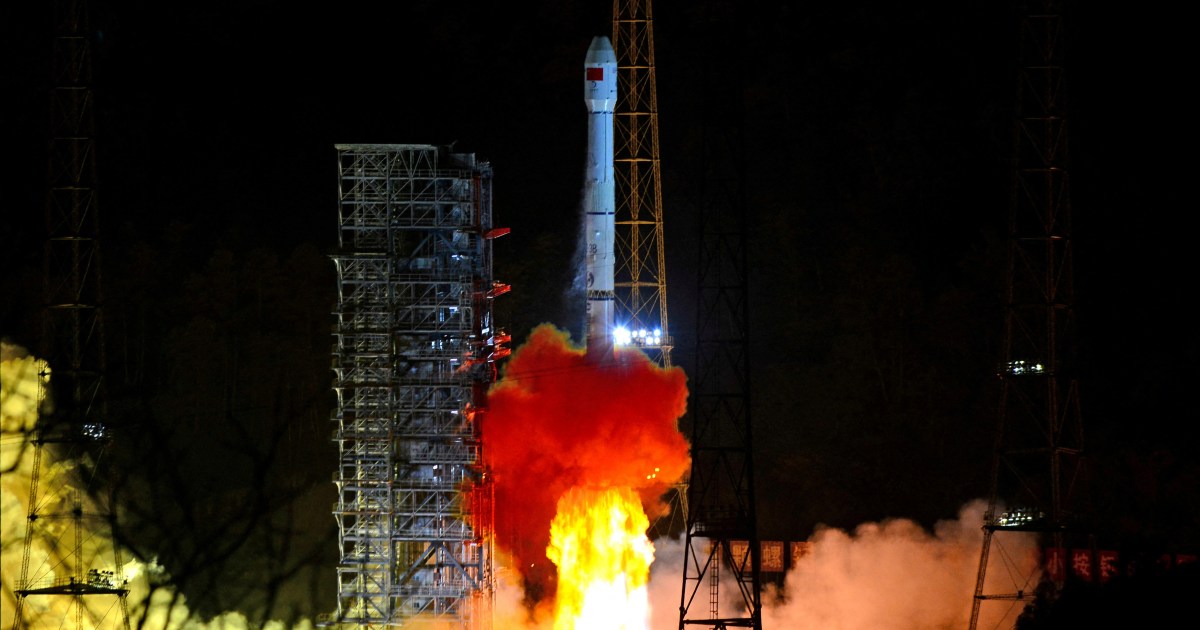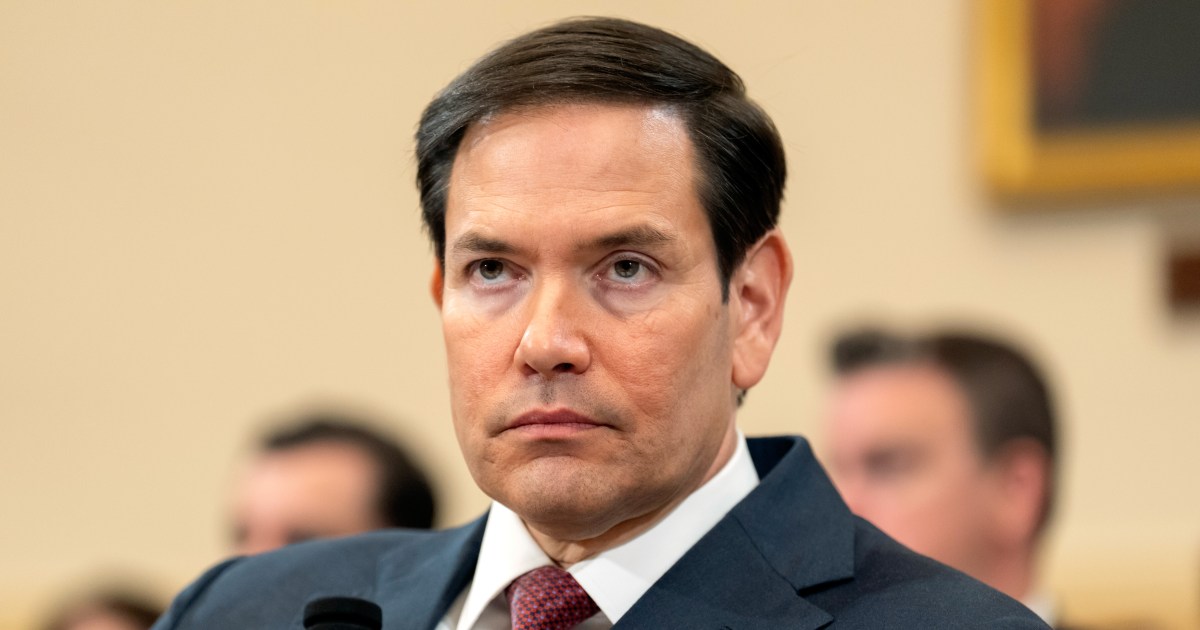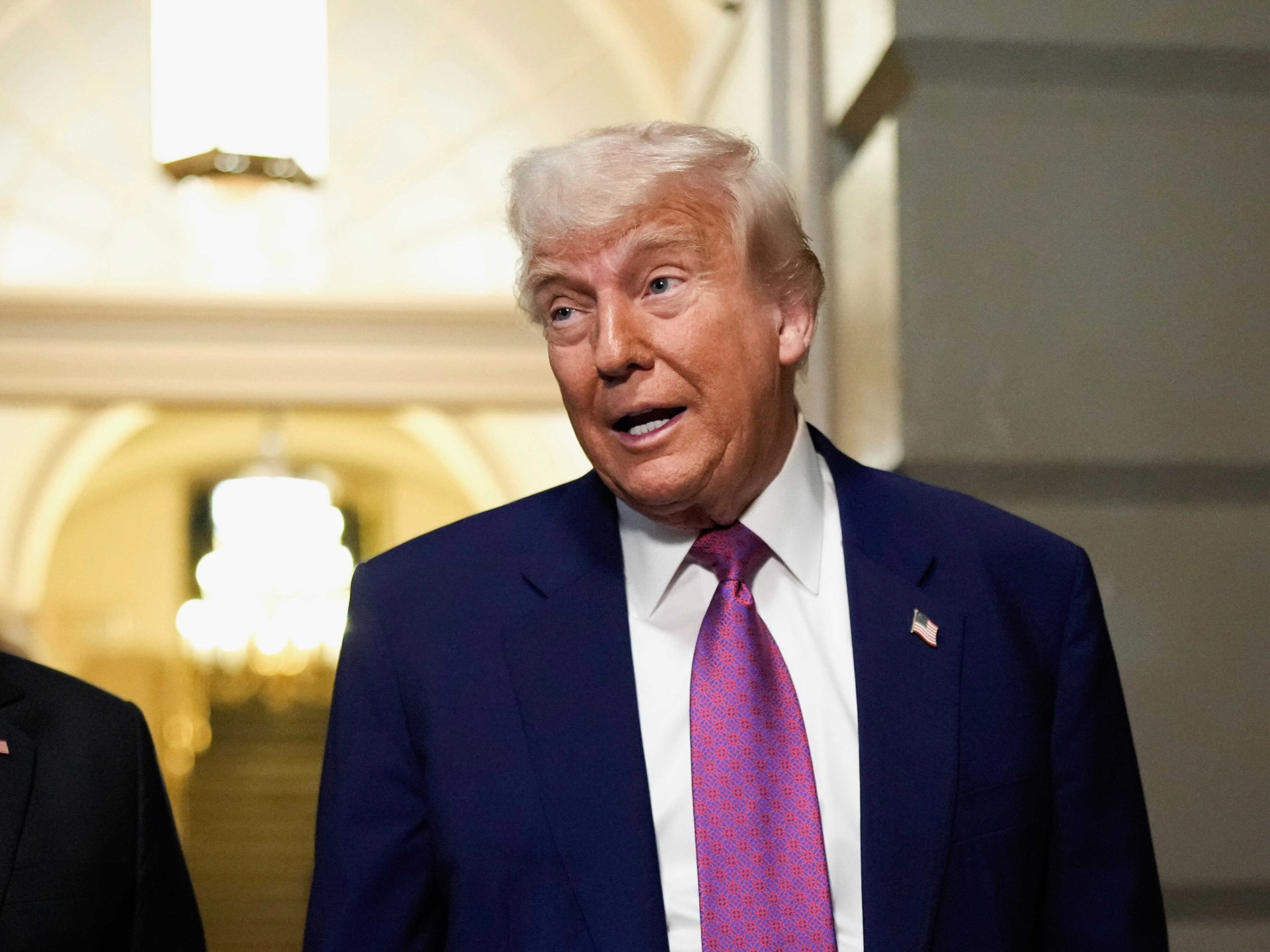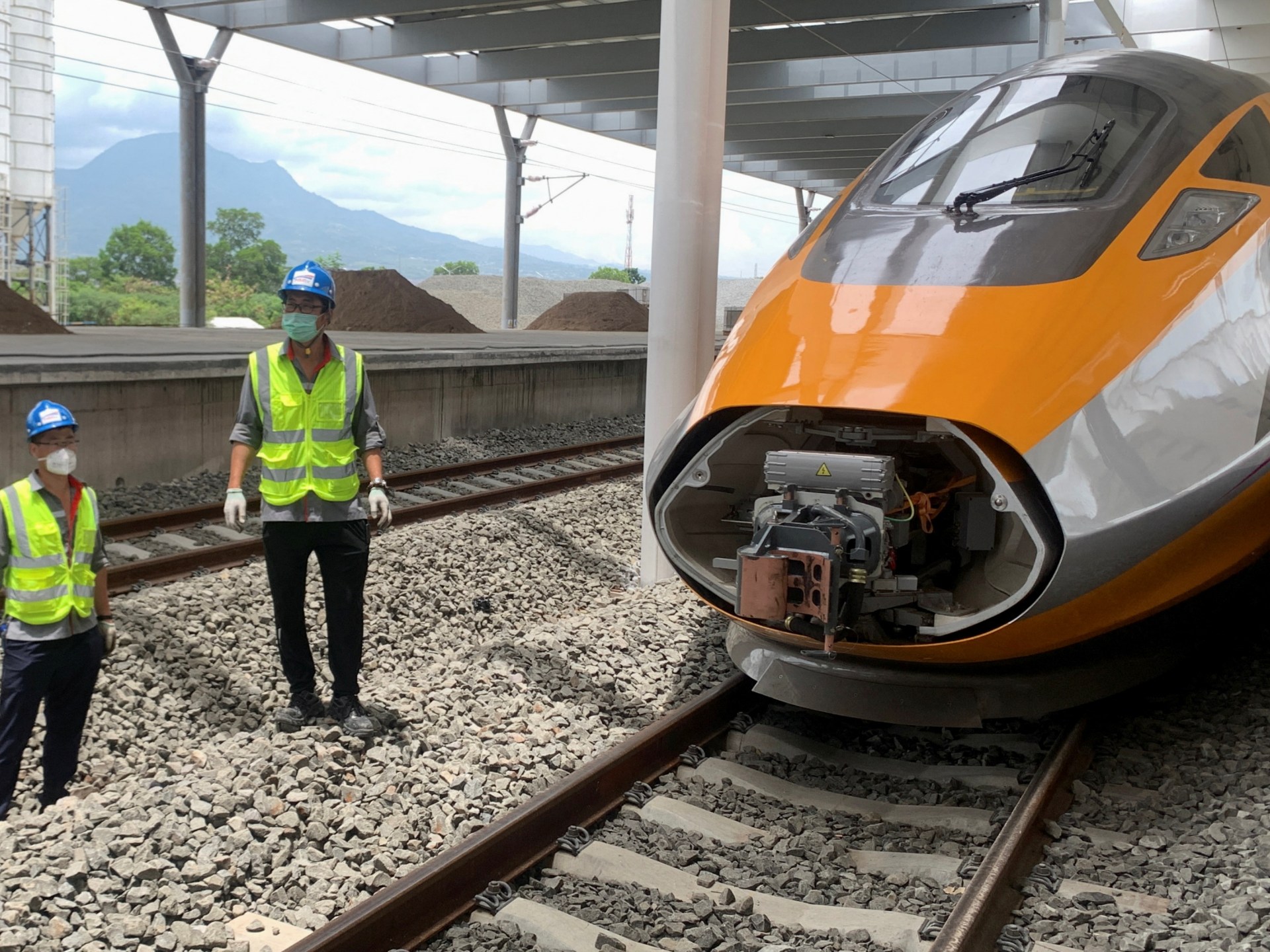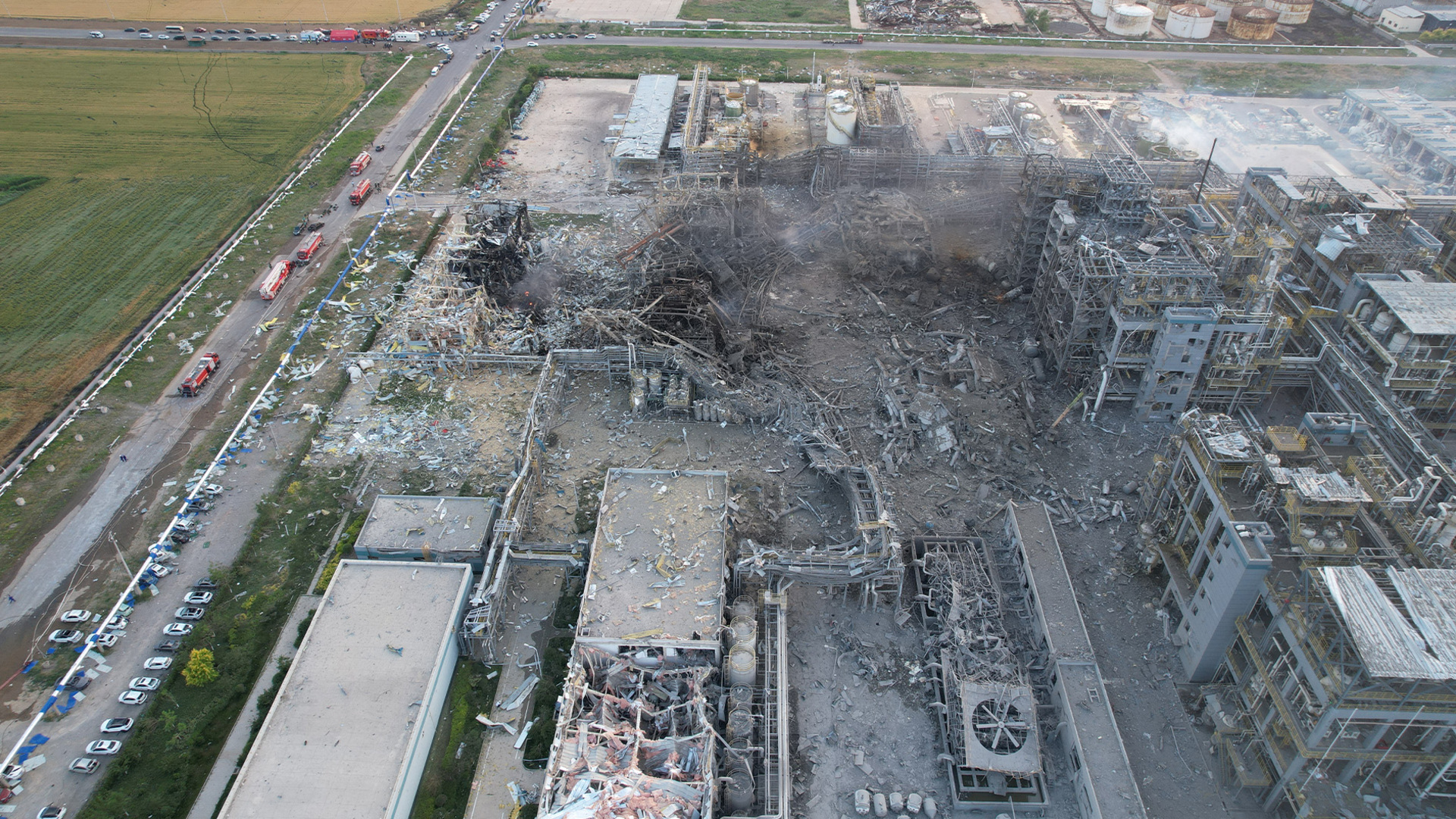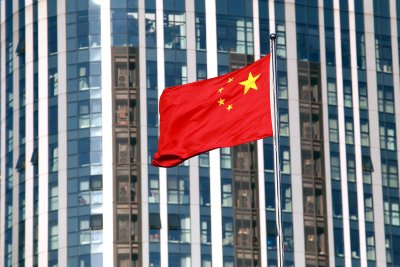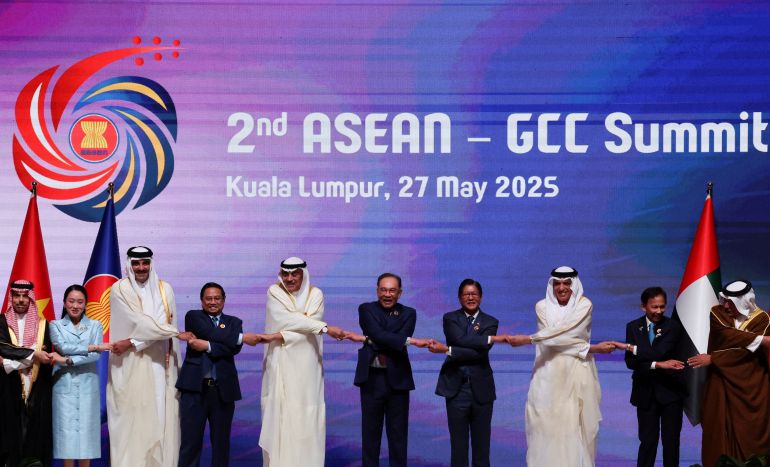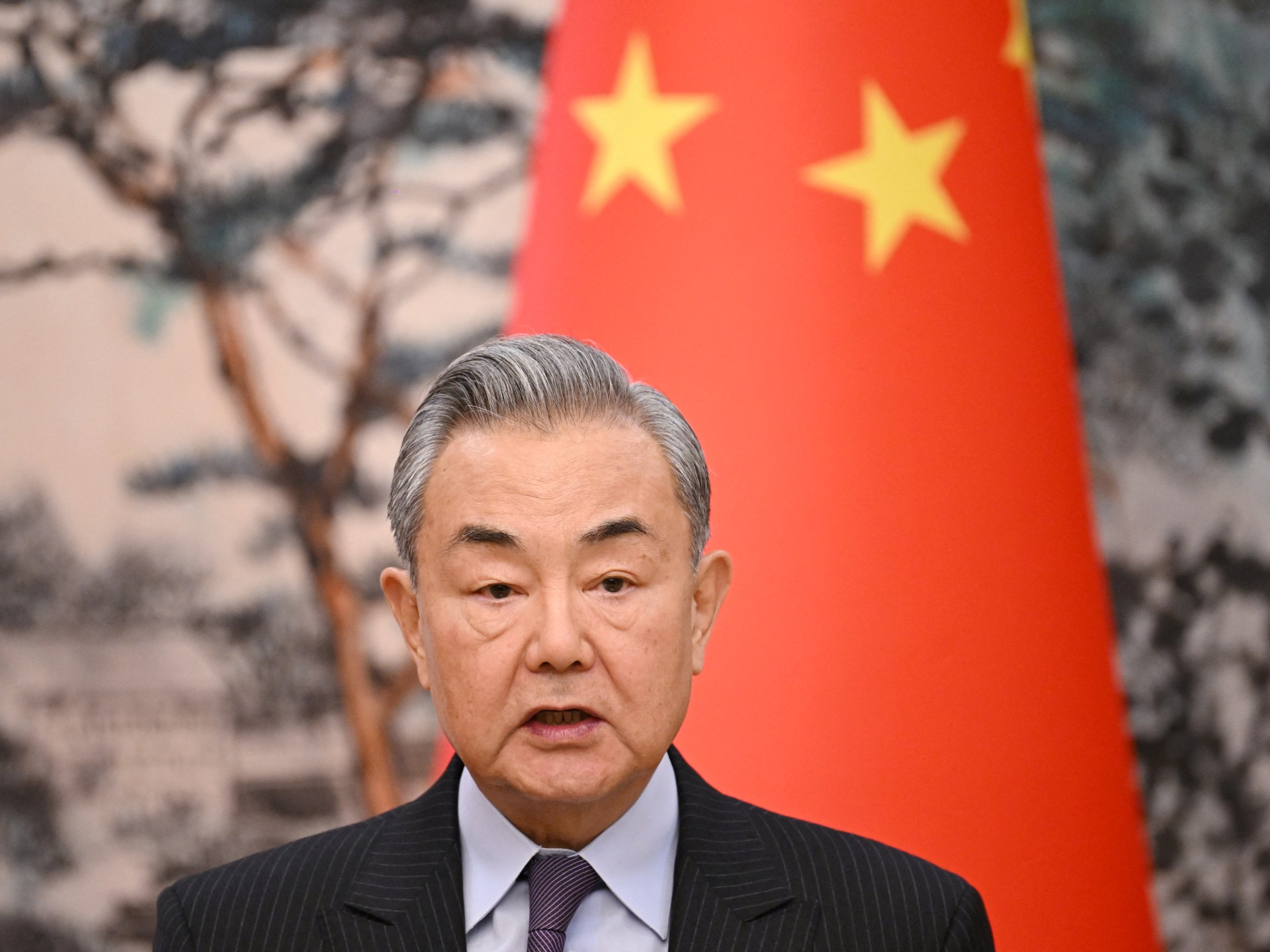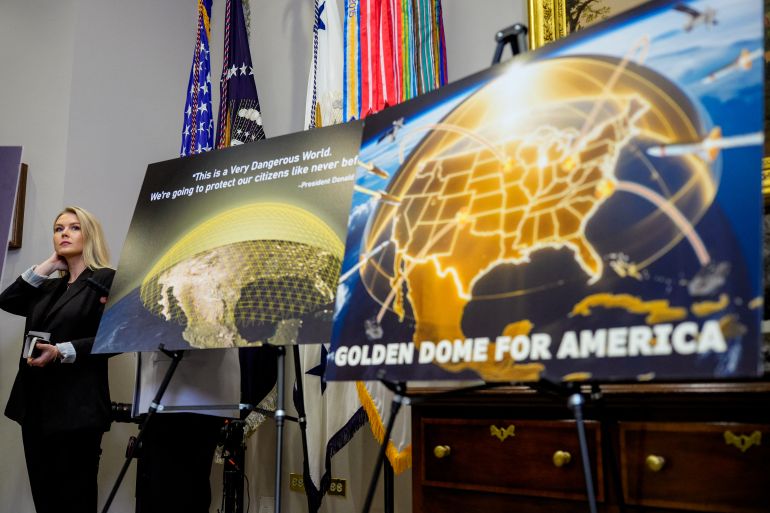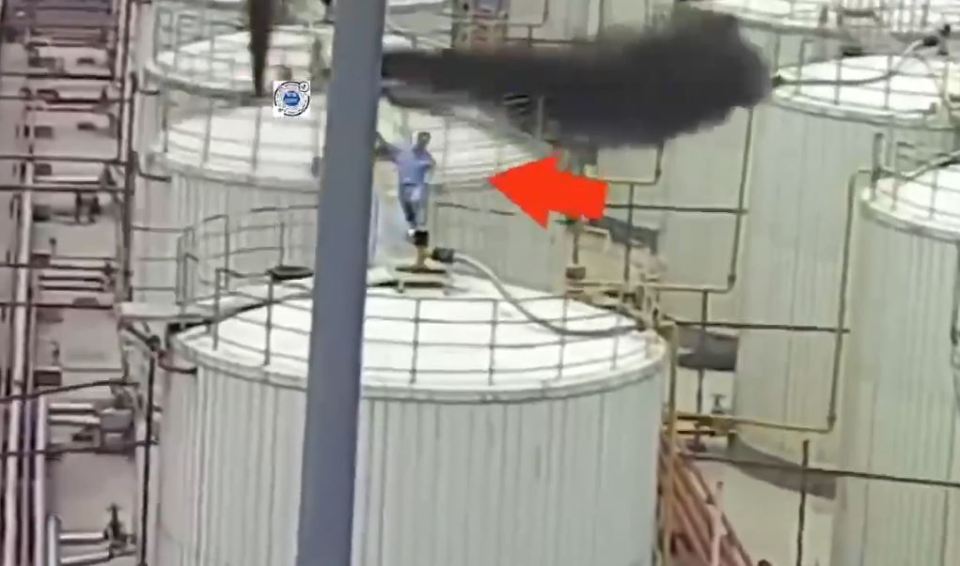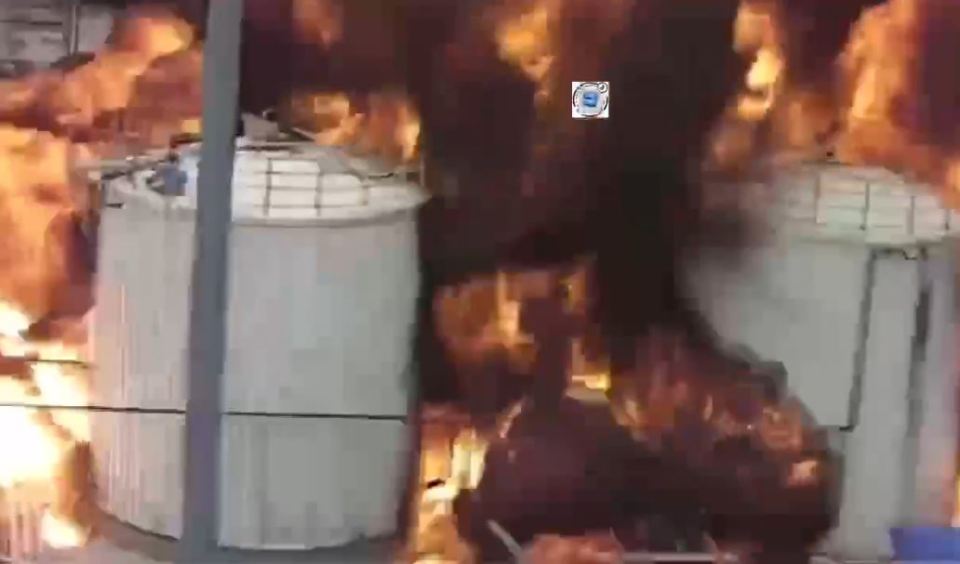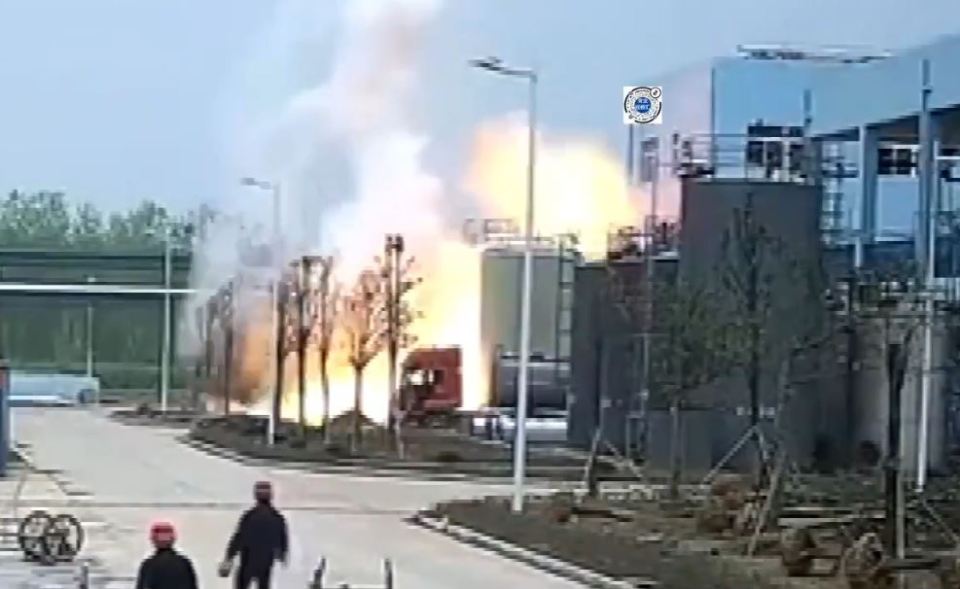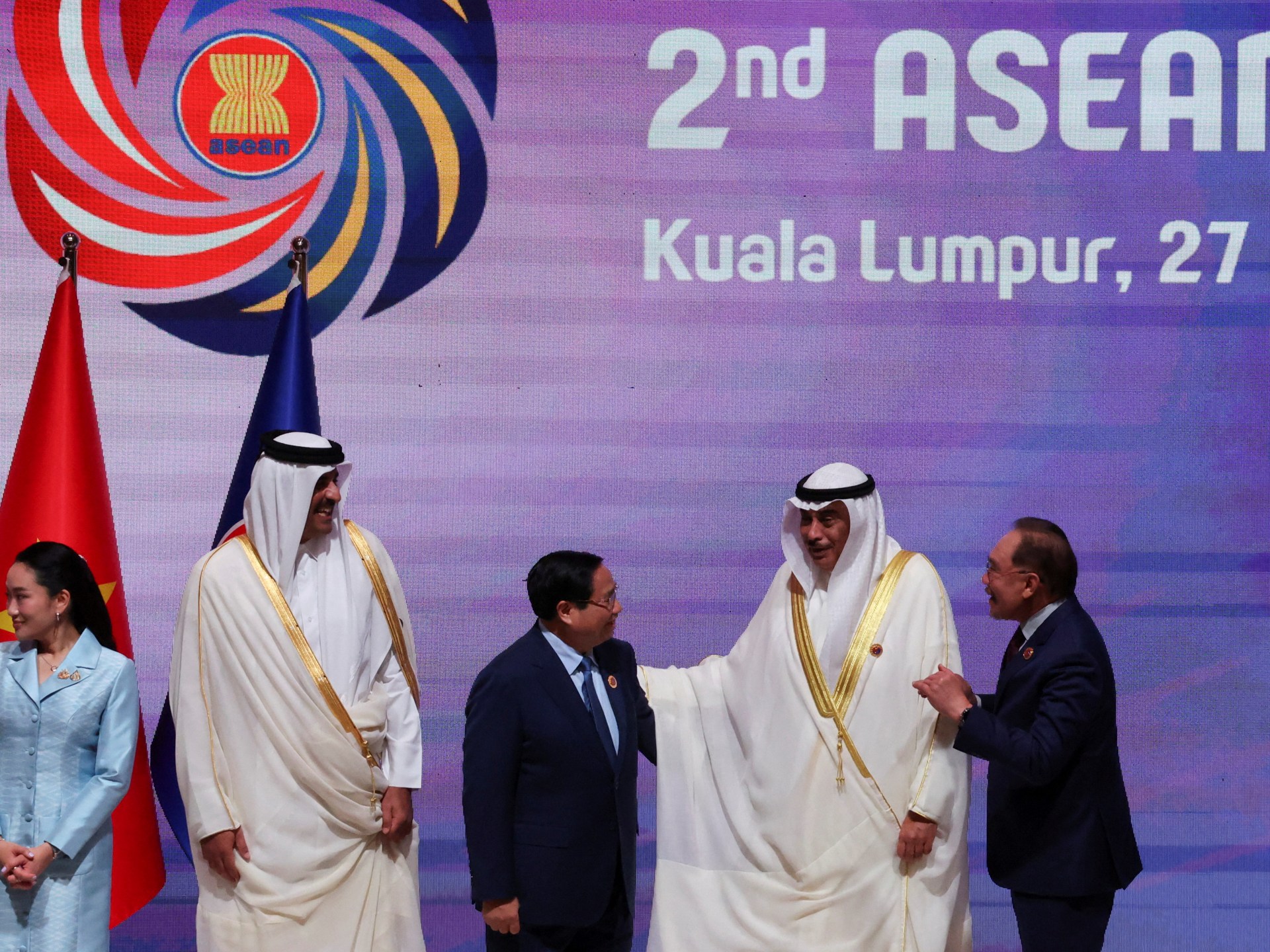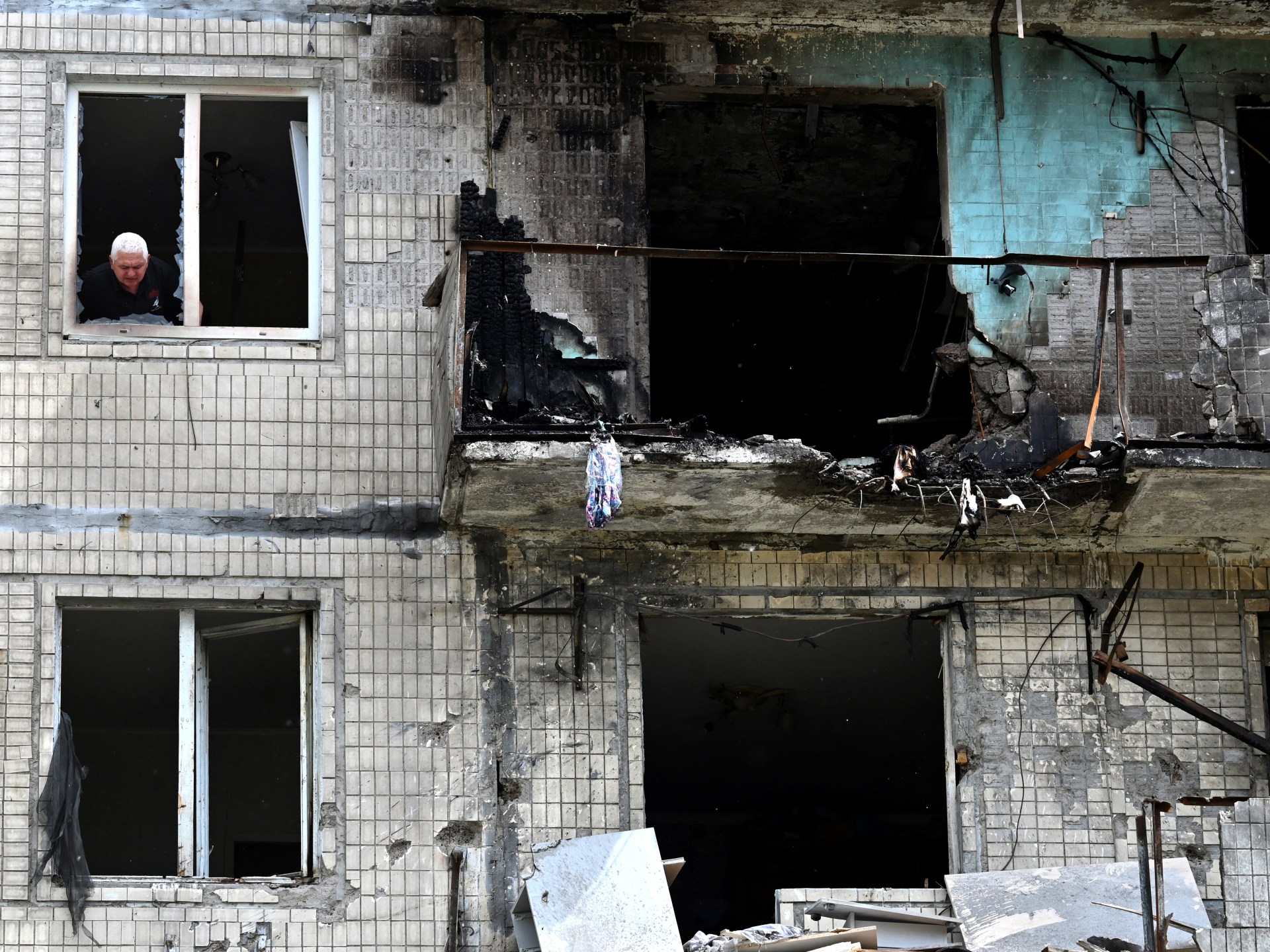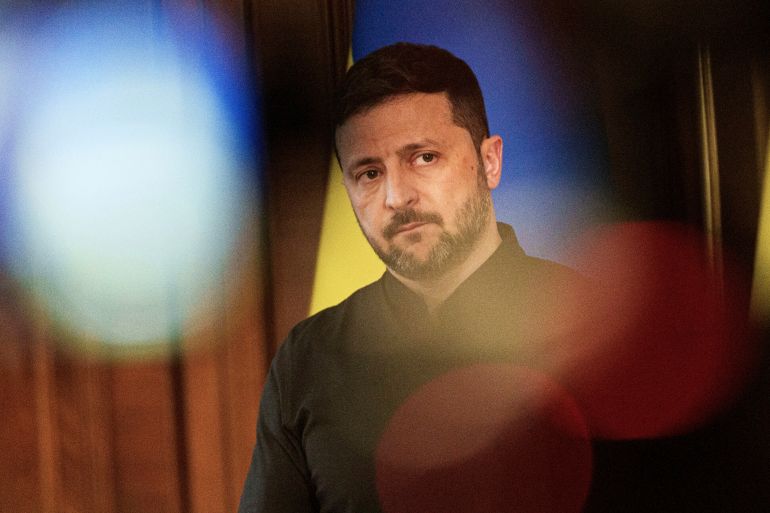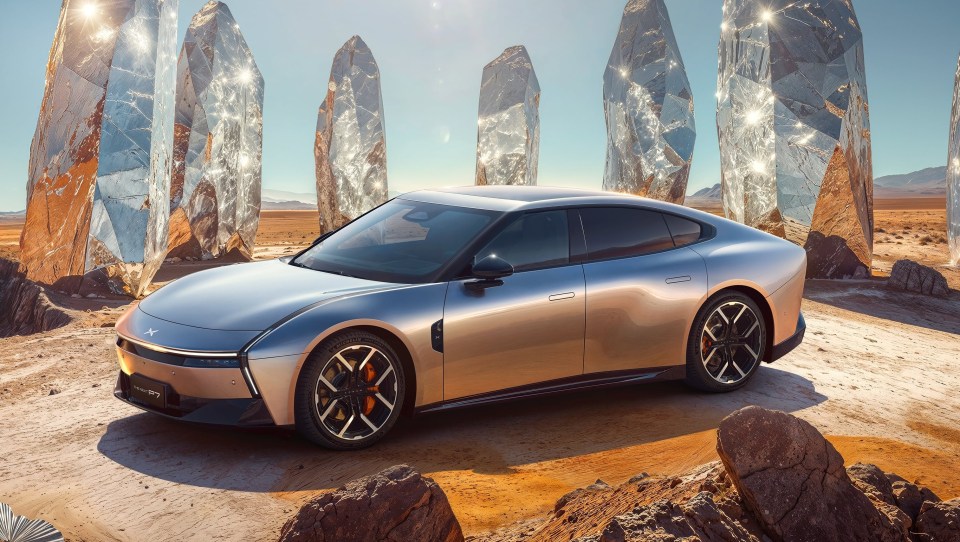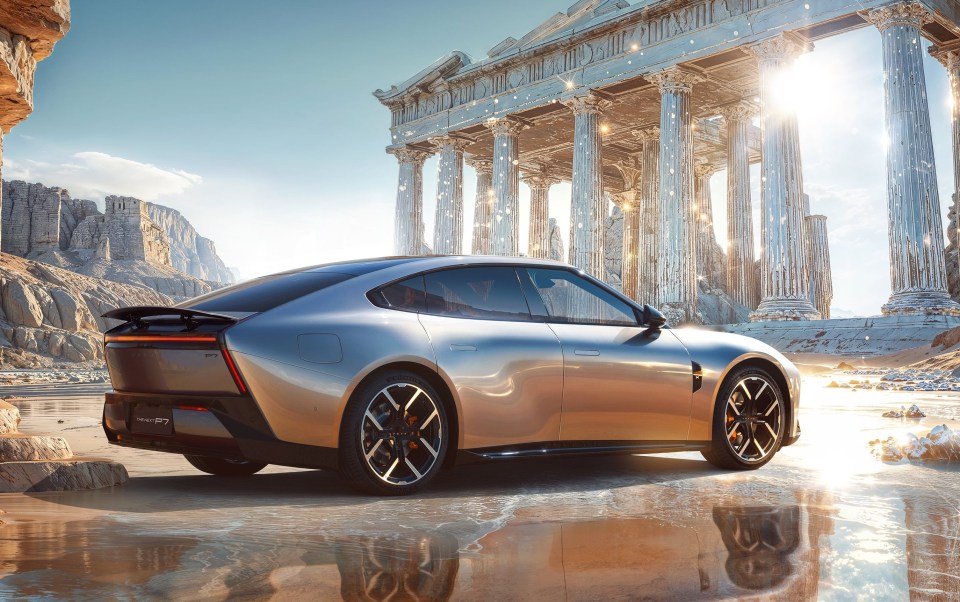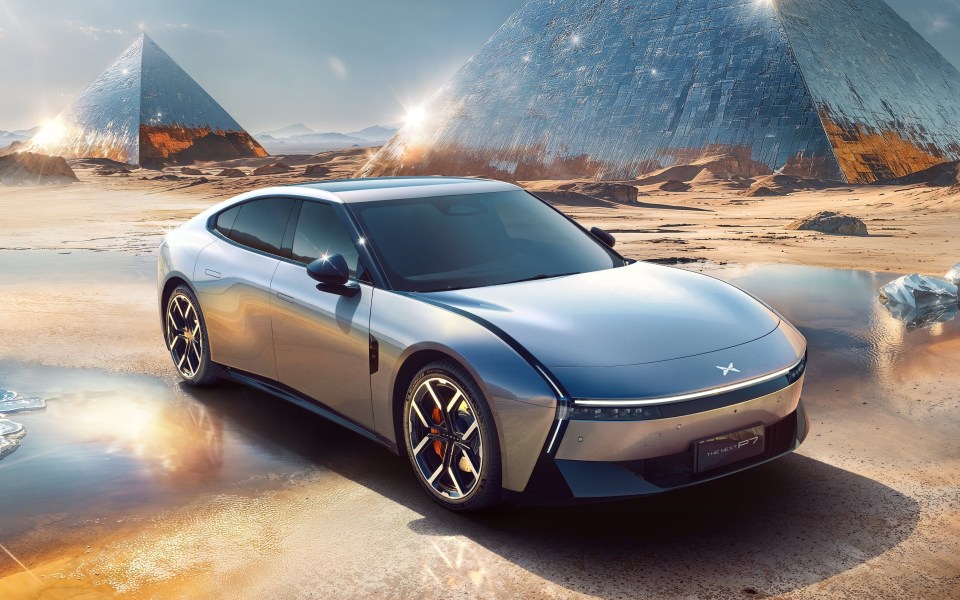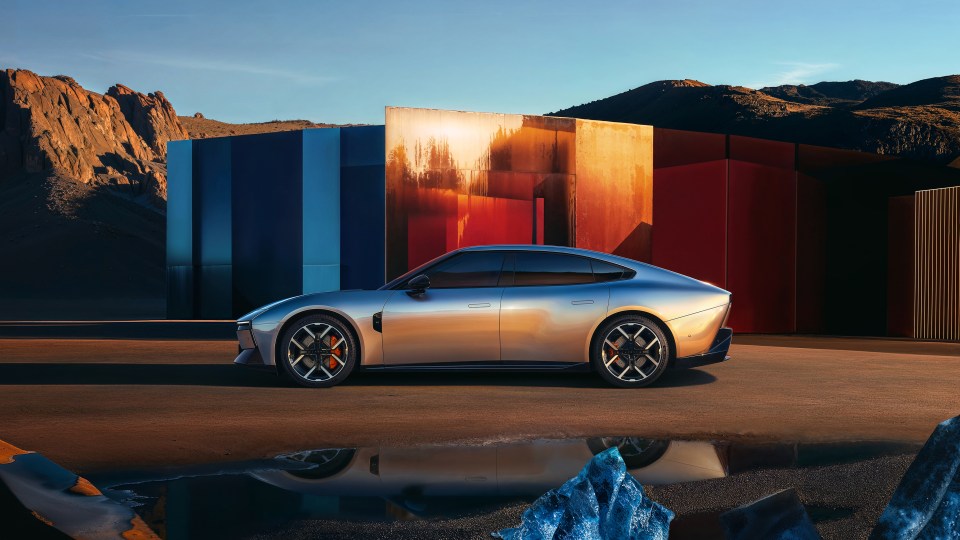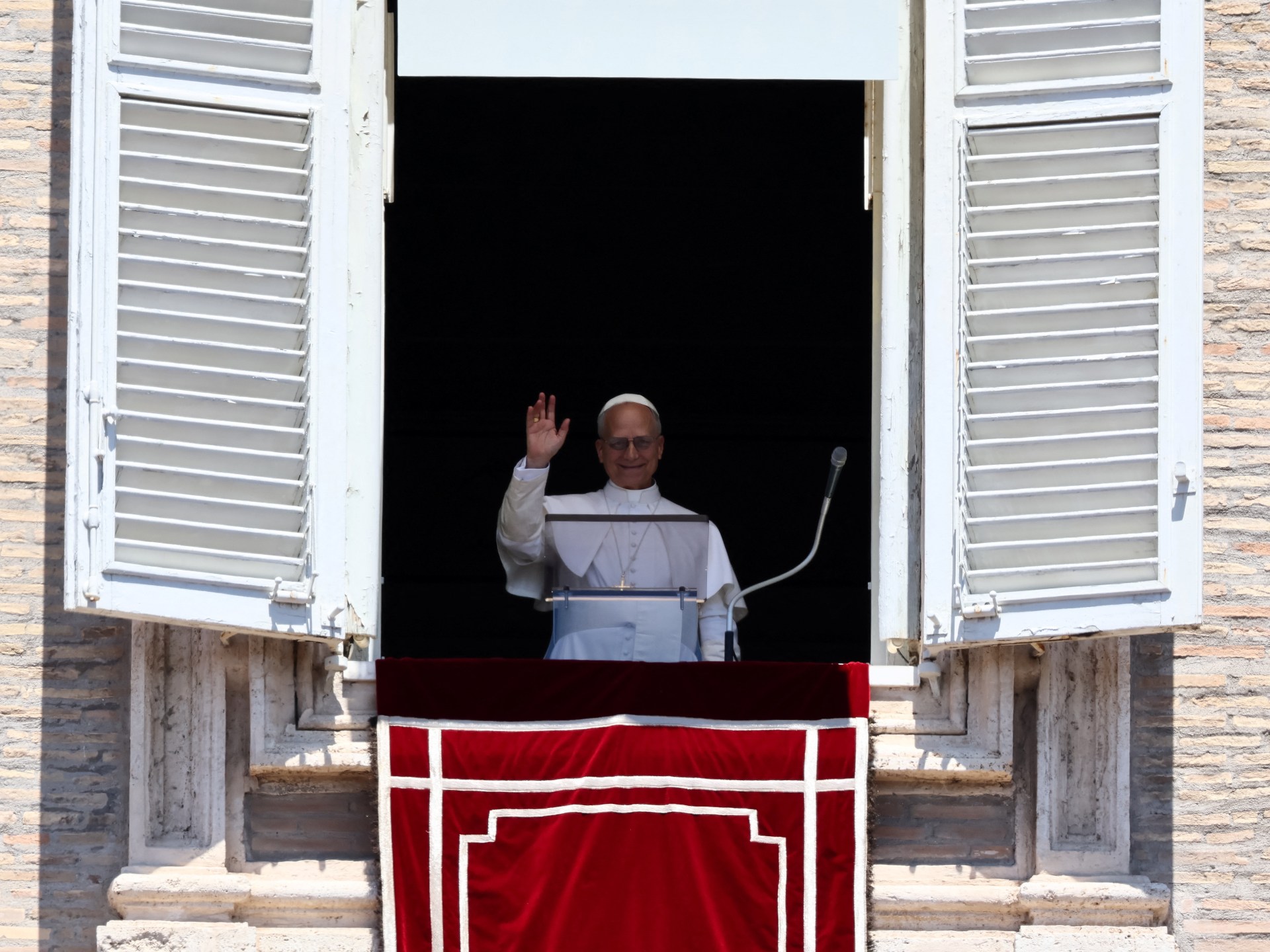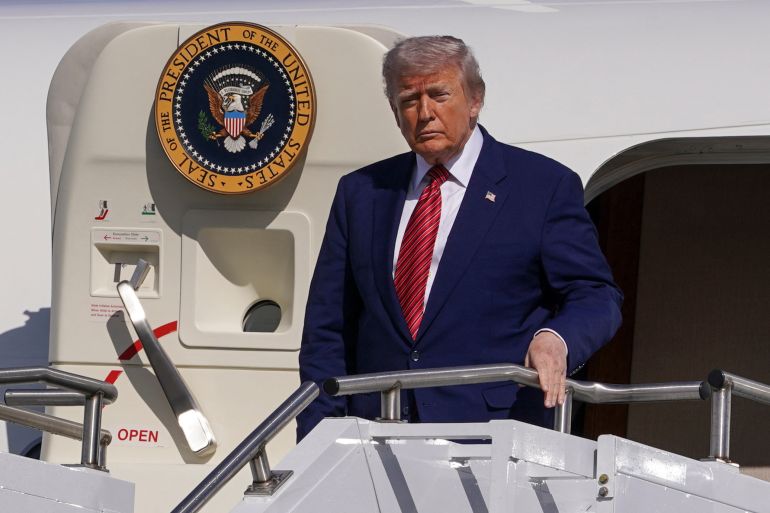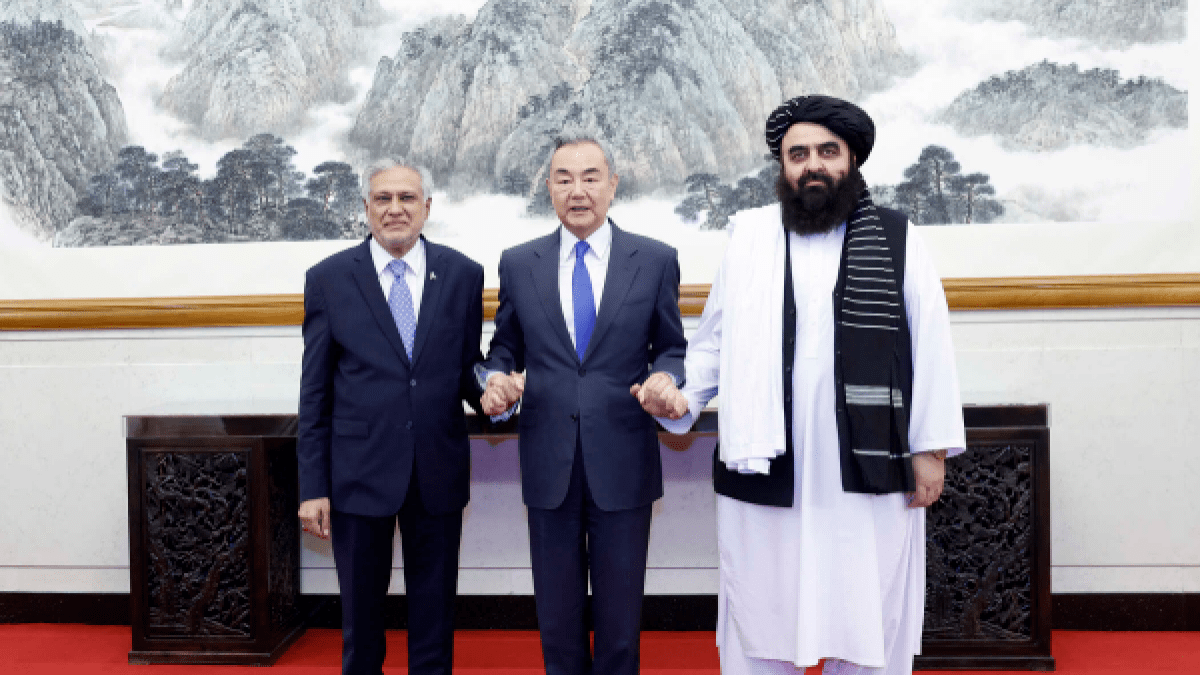Islamabad, Pakistan – As Pakistan remained embroiled in a war of words with its archrival India – following a dramatic exchange of missiles and drones nearly two weeks ago – it this week advanced diplomatic efforts with two other neighbors: China and Afghanistan, which could lead to the formal resumption of diplomatic ties between Islamabad and Kabul after nearly four years.
In an “informal” trilateral meeting held in Beijing on May 21, the foreign ministers of China, Pakistan and Afghanistan convened under a forum first launched in 2017, and which last met in May 2023.
This time, a key outcome from the meeting, according to Chinese Foreign Minister Wang Yi, was a renewed willingness by both Pakistan and Afghanistan to restore diplomatic relations after heightened tensions in recent years.
“Afghanistan and Pakistan expressed clear willingness to elevate diplomatic relations and agreed in principle to exchange ambassadors as soon as possible. China welcomed this and will continue to provideassistance for the improvement of Afghanistan-Pakistan relations,” Wang said.
He added that the China-Pakistan Economic Corridor (CPEC) – a $62bn mega project under China’s Belt and Road Initiative (BRI) – will now be extended into Afghanistan.
A Pakistani diplomat with direct knowledge of the talks told Al Jazeera that the next round of the trilateral meetings will be held “very soon”, within a few weeks, to build on the momentum from the Beijing conclave.
“I am reasonably optimistic about the outcomes. It was a great confidence- and trust-building exercise between the three countries,” said the official, speaking on condition of anonymity about the Beijing meeting.
Trilateral diplomacy amid Indo-Pakistan tensions
The meeting came after a four-day standoff between Pakistan and India, with both countries claiming “victory” and launching diplomatic offensives to assert dominance.
The conflict, from May 7 to May 10, followed Indian strikes on what it called “terrorist infrastructure” in Pakistan, in retaliation for the Pahalgam attack in Indian-administered Kashmir last month that left 26 civilians dead. India blamed the attack on Pakistan-based armed groups, an allegation Islamabad denies.
While China urged restraint on both sides, its support for Pakistan was evident on the front lines of the conflict, with the Pakistani military using Chinese fighter jets, missiles, and air defence systems.
On the other hand, Indian Foreign Minister S Jaishankar said on May 15 that he appreciated Afghan acting Foreign Minister Amir Khan Muttaqi’s “condemnation” of the Pahalgam attack, in a conversation between the two. Indian media also reported a visit to New Delhi by senior Taliban figure and deputy interior minister, Ibrahim Sadr, in early May.
Mustafa Hyder Sayed, executive director of the Islamabad-based Pakistan-China Institute, called the Beijing meeting “very significant”, given Afghanistan’s geopolitical sensitivity.
For Pakistan and China, the “conflict with India has reinforced strategic clarity” on the need to work closely with Afghanistan, Sayed said.
Kabul-based political analyst Tameem Bahiss agreed.
“This [the call between Muttaqi and Jaishankar] signals a major shift in India-Afghanistan relations, one that could raise concerns in Islamabad amid an already volatile regional climate,” he said. “The timing of this trilateral meeting, not just its content, reflects an urgent need for coordination among these three countries as new geopolitical dynamics take shape in South and Central Asia.”
A rocky relationship
When the Afghan Taliban returned to power in August 2021, many saw it as a win for Pakistan, given its historical ties to the group. From 1996 through 2021, Pakistan was one of the Taliban’s key allies. India, meanwhile, viewed the Taliban as a proxy of Pakistan’s intelligence agencies and refused to engage with it.
However, relations between Pakistan and the Taliban have deteriorated.
Pakistan has accused the Afghan Taliban of allowing groups like Tehreek-e-Taliban Pakistan (TTP) to launch attacks across the border, an allegation the Taliban vehemently deny. The TTP, formed in 2007, shares ideological roots with the Afghan Taliban but operates independently.
According to the Pak Institute for Peace Studies, Pakistan suffered 521 attacks in 2024 – a 70 percent increase from the previous year – resulting in nearly 1,000 civilian and security personnel deaths.
But in a trip that was seen as a potential breakthrough in strained ties, Pakistan’s Foreign Minister Ishaq Dar visited Kabul on April 19, just days before the Pahalgam attack.
Ihsanullah Tipu, an Islamabad-based security analyst, says Pakistan’s renewed diplomatic outreach to Afghanistan prioritises key concerns, with security taking precedence over trade, border disputes, and border closures, a sentiment he said China also shares.
“To foster meaningful trade ties, Pakistan’s security concerns must be addressed first,” Tipu told Al Jazeera, warning that failure to do so could escalate tensions to armed conflict.
“But given China’s global influence and close ties with both Pakistan and Afghanistan, Beijing can play a pivotal role as a guarantor of any commitments made,” added Tipu, who co-founded the security research portal The Khorasan Diary.
Common security threats
While Pakistan continues to accuse the Afghan Taliban of harbouring fighters who attack targets in Pakistan, many of these assaults have been directed at Chinese nationals working on CPEC projects.
Pakistani government figures estimate that about 20,000 Chinese nationals live in the country. At least 20 have been killed in attacks since 2021 in provinces like Khyber Pakhtunkhwa and Balochistan. Groups including the TTP have claimed responsibility.
China has also expressed concern over the East Turkestan Islamic Movement (ETIM), alleging that its fighters use Afghan territory to stage attacks against China.
Sayed of PCI stressed that both Pakistan and China see security as their “core interest” in Afghanistan.
“This is a shared threat, and in the past the ETIM has also had a significance presence in Afghanistan. And these militant networks are connected with each other as well. So that is a pre-requisite for any cooperation to move forward, to first neutralise these terrorist outfits, which seem to be operating freely and comfortably in Afghanistan,” he said.
However, Bahiss noted that since the Taliban’s return to power, most regional countries, including China, have found the security situation inside Afghanistan acceptable, enabling ongoing economic engagement.
“The key exception is Pakistan, which continues to face serious threats from Afghan soil. While Pakistan prioritises eliminating or containing the TTP, Kabul is focused on trade, transit, and regional integration,” he said.
This is where China’s pivotal role could come into the picture, the Kabul-based analyst said, adding that the country is uniquely positioned to mediate by encouraging security cooperation while also advancing trade and transit initiatives that benefit all three countries.
India-Afghanistan ties and Pakistan’s concerns
During the civilian governments in Afghanistan from 2001 to 2021, India and Afghanistan developed close ties, despite several attacks on Indian diplomatic missions by the Taliban and its allies.
In recent months, there has been increased interaction between officials from New Delhi and Kabul, including the recent Jaishankar-Muttaqi conversation.
Does this warming of ties raise alarm in Islamabad? Sayed doesn’t think so.
“Pakistan doesn’t mistrust Kabul. But Pakistan has asked for action. The rulers there need to walk the talk regarding TTP and other terrorist outfits. I don’t think either Beijing or Islamabad opposes Kabul having positive relations with India, as long as it doesn’t compromise the interests of Pakistan and China,” he said.
However, Bahis said New Delhi’s rapprochement with the Taliban could lead to worries in Pakistan and China, both of which have historically had tense ties with India.
“While recent India-Afghanistan contacts are still in early stages, their timing may raise concerns in Islamabad,” he said.
“Afghanistan has the sovereign right to engage with any country, including India. But it must tread carefully. Clear messaging is essential to ensure that its growing ties with New Delhi aren’t misinterpreted as threats by other regional players,” Bahiss said. “Balancing these complex relationships will require diplomacy, transparency, and mutual respect.”
